Book Size: 9.5" x 10"
Pages: 32
Format: Hardback
ISBN: 9781623718695
Imprint: Crocodile Books
Edition: 1
Illustrated by: Yayo
Illustrations: Full Color Illustrations
Translator: Alina Ruiz
Ages: 4-7
Release date: November 2020
Category: Children's BooksThe Mysterious Stones
By Enrique Peréz DÃaz • Illustrated by Yayo
$ 17.95“The book has universal appeal. Perhaps most strikingly it offers readers the suggestion of finding magic, beauty, and hope in ordinary things.” — Quill & Quire
About this book
Kiki is a young boy, growing up in Cuba in a house by the sea. He lives with his uncle and grandmother ever since his father sailed off across the ocean in search of a new life. One night, Kiki dreams about a ghost-like woman in white. He is amazed to encounter her the next day on a nearby beach, the same beach his father sailed off from. She leaves him a mysterious gift of colorful stones that give him newfound hope to be reunited with his father.
Brand: Enrique Peréz DÃazAbout the author
Enrique Peréz Díaz writes for children and young adults. He has also been a journalist in radio, television, newspapers, and magazines. Enrique is the recipient of many awards and accolades for his writing. In 2014 he was a jury member for the Hans Christian Andersen Awards, the first Cuban to have had such an honor. He is the President of the Cuban Children’s Writers’ Association and the Vice-President of IBBY Cuba. His books include My Ocean and The People of Blue Thoughts, as well as many books published in Spanish.
Reviews
“The latest title from one of Cuba’s most celebrated authors for young people shimmers with small moments of joy despite a subtle undercurrent of loss and longing. After dreaming about his papá, who has sailed away in search of a new life, Kiki wakes one morning to the sound of a song floating through his window. He follows the song to the beach, where he sees a woman with long white hair gathering stones. When she notices him, she disappears into the sea. Later, his abuela tells Kiki that she remembers meeting such a woman as a little girl, when the mysterious lady gave her some stones to put under her sick mother’s pillow. Sure enough, it’s not long before the Lady of the Stones leaves a small pile of rocks on the beach for Kiki. They appear there on the same day that a ship with tall white sails arrives in the harbor_a ship that no one but Kiki is able to see. Are the stones that Kiki’s abuela keeps on the windowsill really from the mysterious white-haired woman, or did she in fact gather them herself as a child, just as Kiki does when he leaves a similar collection as an offering on the beach? Will Kiki’s stones have the power to bring his father home, or can they provide something even more profound in the form of renewed hope, ‘a flower that blooms even in the deepest ocean’? The author and illustrator offer no clear resolution, a brave choice and one that adds to the book’s power. Enrique Pérez Díaz’s deceptively restrained text is complemented by illustrations from Montreal’s Yayo, who incorporates vibrant colors and selective detail into his artwork. Most of the images highlight food, including papayas prominently foregrounded in the scene in which we meet Kiki’s abuela, and fish and plantains that the family enjoys for dinner. While Cuba is evoked plentifully in The Mysterious Stones, the book has universal appeal. Perhaps most strikingly it offers readers the suggestion of finding magic, beauty, and hope in ordinary things.” —Quill & Quire
“After dreaming about ‘his papá, who ha[s] sailed away on the open sea,’ young Kiki wakes up to the sound of a mysterious song floating in through his bedroom window. Drawn by the music, Kiki makes his way to the beach to discover a white-haired woman gathering stones, disappearing into the ocean at the sight of him. Kiki runs in to tell his abuela what he saw, prompting her to share her own story of meeting the strange woman as a young girl. Abuela was gifted some stones by the white-haired woman, and she credits them with saving her sick mother. This gets Kiki thinking. Maybe the Lady of the Stones could help him bring his papá home? Pérez Díaz’s story has a strong folkloric feel to it, and there are some lovely turns of phrase: ‘Flying fish, shining with foam, danced on the waves.’ The illustrations help shape the feel of magic, with their vibrant colors and patterns and whimsical, surreal touches. As with the text, the small details are what stand out. Fish on the ends of musical notes, Abuela’s magic rocks on a windowsill, the patterned rocks on the endpapers. Nevertheless, the book simply ends with a message of hope rather than an active resolution. The smattering of Spanish and Latinx foods and tropical fruits in the illustrations allow it to take place in many Spanish-speaking locales. Characters have beige skin. Readers with a tolerance for ambiguity will find much to savor. (Picture book. 4-7)” —Kirkus Reviews
“[A] story about living with uncertainty, as so many of us do these days. Poignantly, young Kiki lives on a tropical island with his kind aunt (Abuela) and uncle (Tio) because his father sailed away on the open sea … Although The Mysterious Stones is set on an unidentified tropical island, millions of children around the world are living out similar stories, staying with extended family (if they’re lucky) while their immediate family members seek work abroad in order to send back remittances. Even with the kindest of adult care, a child couldn’t help being anxious about possibly losing their parent(s). The vividly colored illustrations use collage and layering techniques to add depth to the pages … By seeking the Lady of the Stones, and by trying to up the ante by offering her his collection of assorted sparkling polished glass fragments, Kiki shows his agency. He can’t take control of his own destiny yet. However, as long as he has hope, he can keep negotiating for more tools, and keep seeking new goals—which may be all that any of us can wish for, in uncertain times.” —Rabble
Additional information
| Cover Type | |
|---|---|
| test |
You must be logged in to post a review.

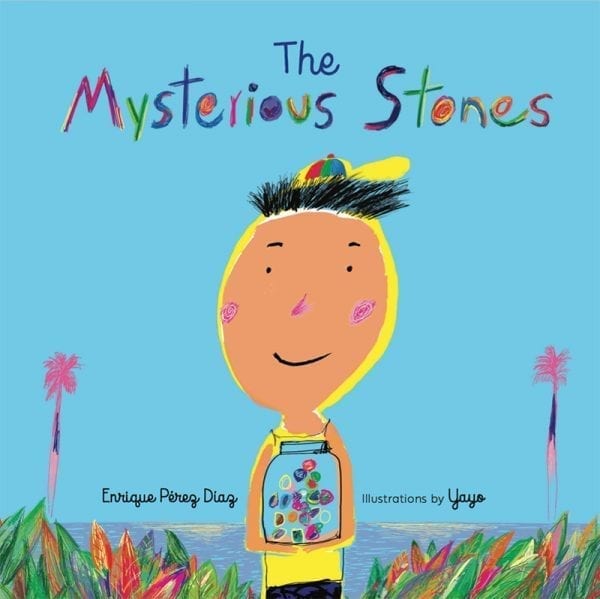
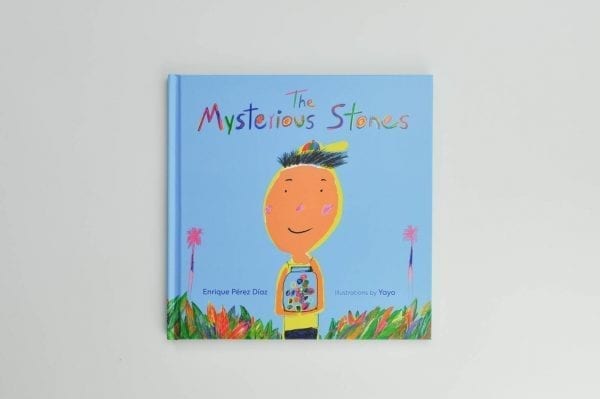
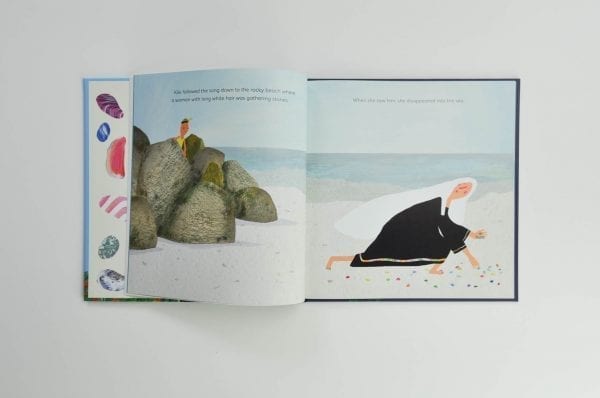
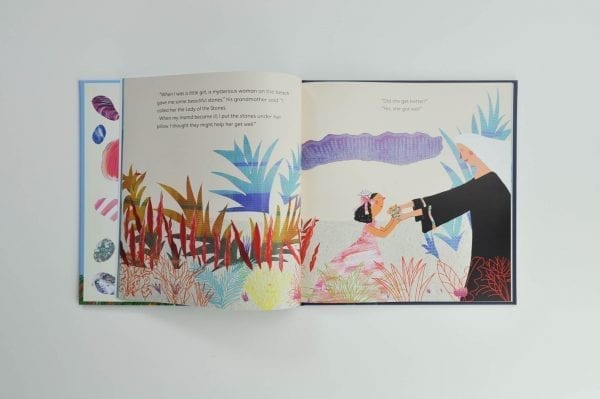
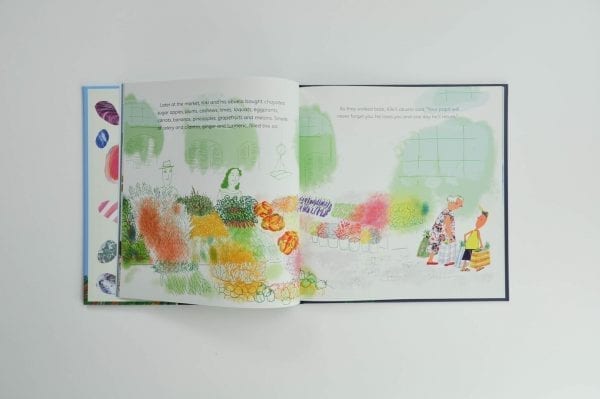
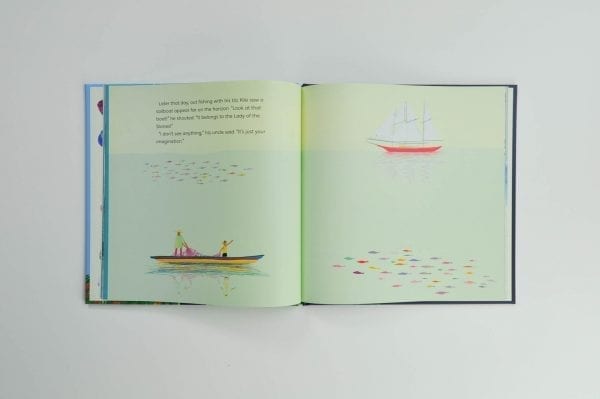
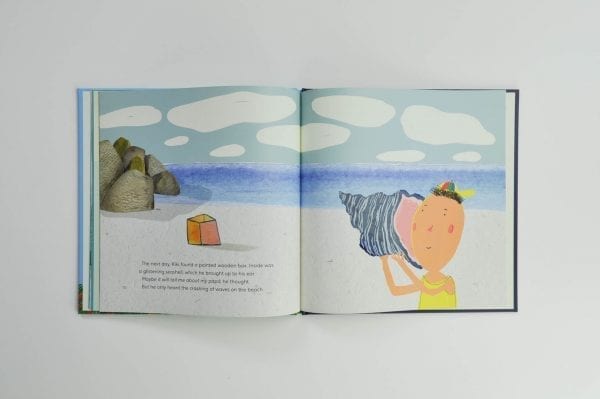
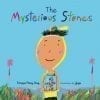
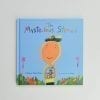
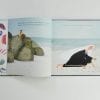
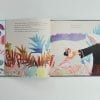
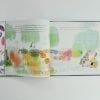
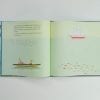
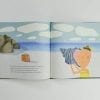
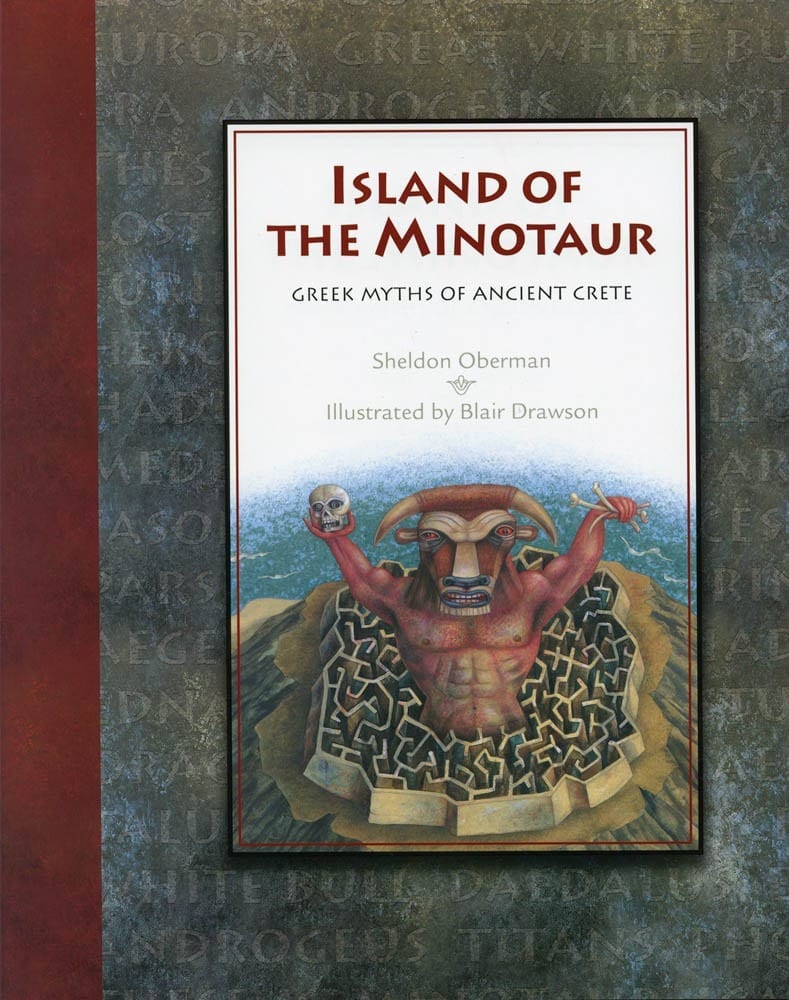

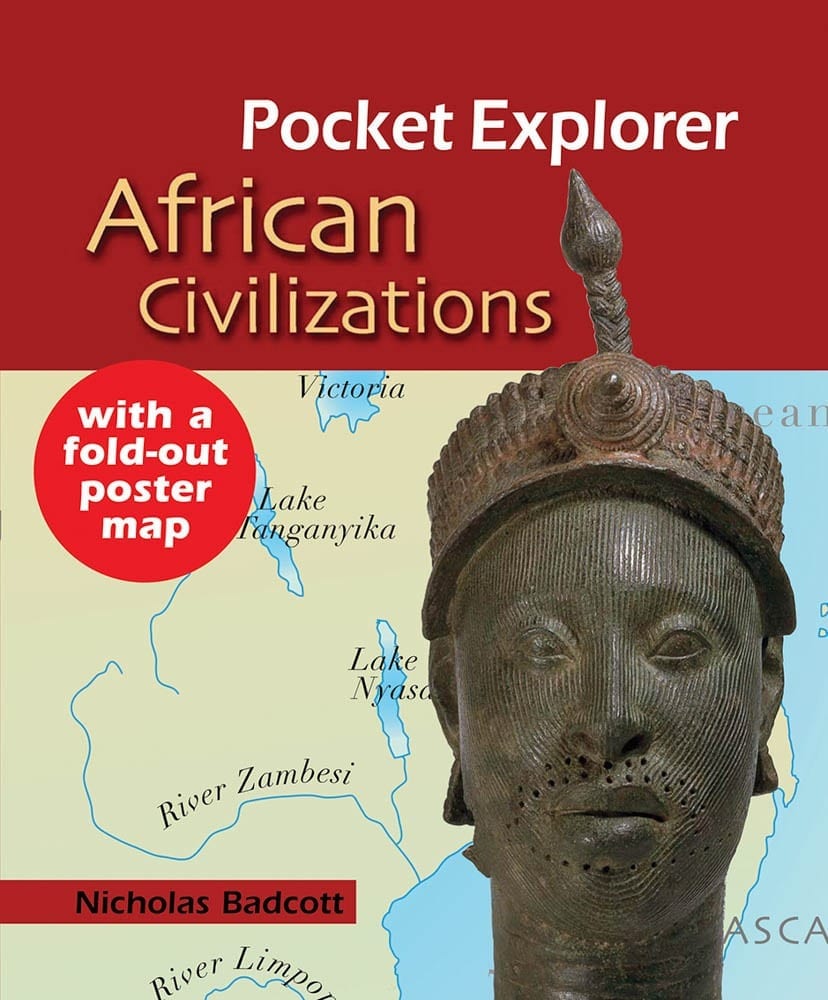
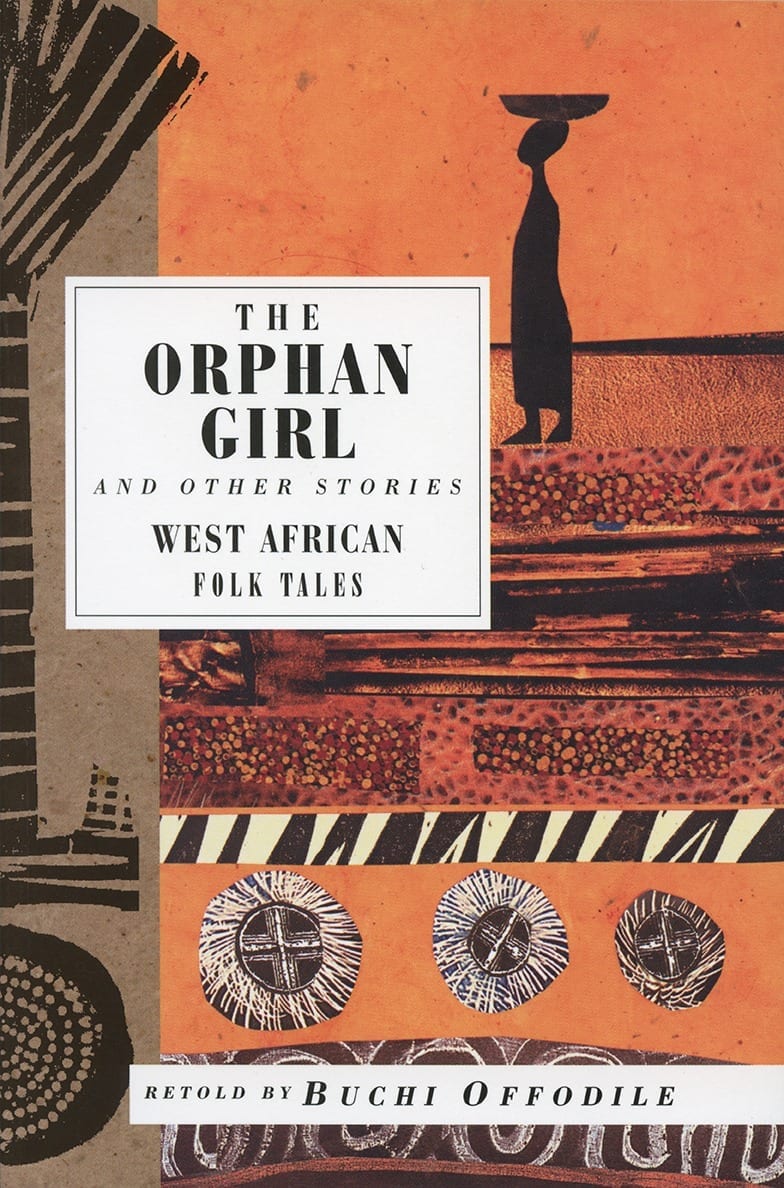


Reviews
There are no reviews yet.